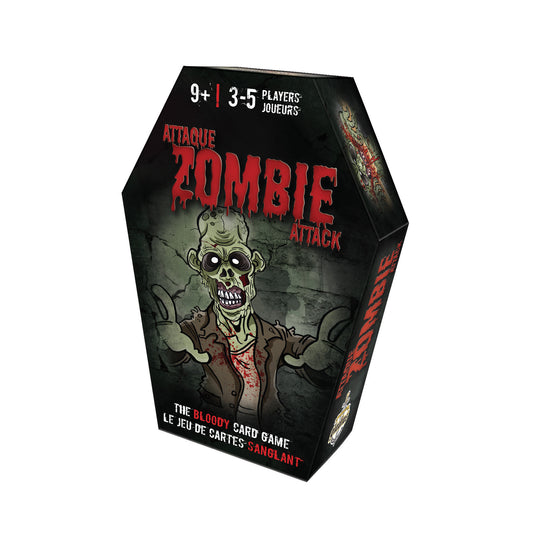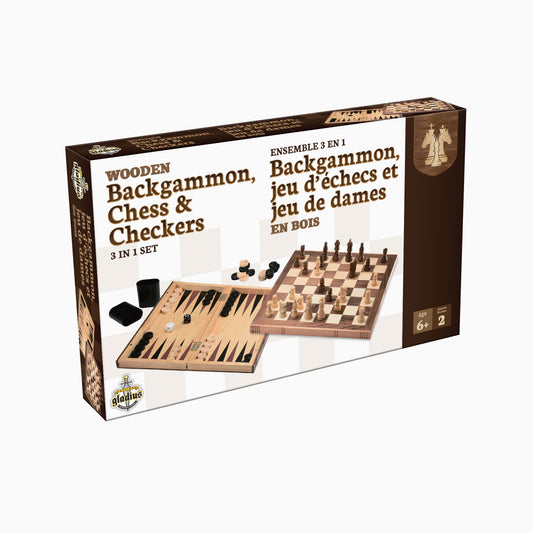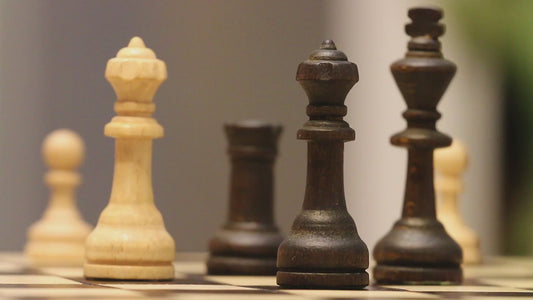
Speed of execution
A little theory...
Speed of execution in the context of play for children refers to their ability to perform actions quickly and efficiently in response to visual or auditory stimuli. It's an important cognitive skill that enables them to react promptly to the challenges presented by different games, whether, for example, pressing a button when necessary, moving puzzle pieces quickly, or making quick decisions in board games.
How to stimulate development through play?
To develop speed of execution through play, several strategies can be adopted. Games that require quick responses, such as reflex games where children have to press a button as soon as they see a light come on or hear a beep, are particularly beneficial. These games encourage children to develop their reactivity and improve their speed of execution in a playful way.
Similarly, quick-sorting games, in which children have to categorize objects according to certain characteristics (such as color, shape or size) within a limited period of time, can help reinforce execution speed. These games require quick, precise responses, which in turn improves the speed with which information is processed.
Developmental psychologist Dr. Jerome Kagan highlights the importance of speed of execution in children's development: "Speed of execution is a key indicator of children's cognitive functioning. It is often associated with fluidity of thought and the ability to adapt quickly to changing situations" (Kagan, J. "The Nature of the Child", 2002).
By injecting a dose of these games into your little ones' leisure time, you're giving them a boost of speed! These games are like roller-coasters for their brains, preparing them to tackle the cognitive challenges of their daily lives with superhero-like agility. Imagine them juggling information at lightning speed, while having the time of their lives! These games are a real feast for their brains, helping them to become champions of mental speed while having an unforgettable time.
Reference
Kagan, J. "The Nature of the Child", 2002.Le repérage visuel





